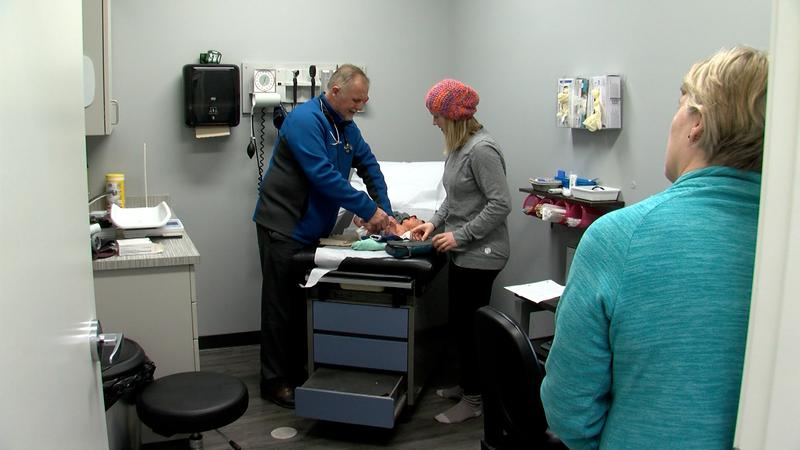
One year after it was announced, new pay model for B.C. family physicians showing signs of success
KAMLOOPS — Last year, the B.C. government introduced changes to the way family doctors are paid and a local physician says he’s already noticed an improvement.
Dr. Grant Del Begio has practiced in the Kamloops area for 30 years and is also the spokesperson for the Thompson Division of Family Practice. He says the payment change has eased some of the pressure on family health care, but it will be years before the family doctors situation is stabilized.
“This basically staunched the bleeding that had happened over two decades, really. And it’s stopped that,” notes Del Begio. “But to turn the corner and to really build this up, it is going to take time, but I think we’re certainly moving in the right direction.”


